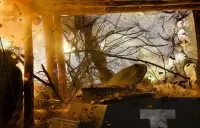Two wounded Ukrainian soldiers rescued from right under Russians' noses: the heroic exploits of the Maul robo
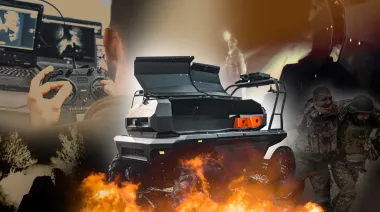
The mission is incredibly difficult: to rescue two wounded Ukrainian fighters who are stuck close to Russian positions. The defenders are sheltering in a dugout on the outskirts of a settlement in the Donbas, but the area is being monitored almost continuously by Russian drones. Any attempt to move out, even for a few minutes, would almost certainly be spotted by Russian UAVs, and the Russians would open fire on everyone.
Evacuating wounded soldiers from the line of contact is the most complex and hazardous task for medics. Trying to recover one comrade often ends with the entire evacuation team being killed or wounded.
Forget NATO manuals and the so-called "golden hour" for emergency trauma care. These days, infantrymen sometimes sit for weeks with tourniquets in place, waiting for a safe window to evacuate.
The 1st Medical Battalion took the job. This is an experimental, independent unit that helps nearby brigades recover wounded soldiers from the battlefield, provide first aid and perform emergency surgical procedures.
The medics from the battalion were put on the mission for a reason. Everyone understood that the only realistic way to evacuate the wounded from this area was to deploy a ground robotic complex (GRC). The battalion designs and operates these kinds of robots itself.
The battalion had recently evacuated a wounded soldier who had been stuck with a basic tourniquet for 33 days under similar conditions – an operation that made headlines across the country. This time, however, the task appeared even harder: they would have to evacuate two people in sequence.
For much of the mission, there would be nobody physically on the route except the wounded soldier and the four-wheeled machine. What if the robot gets stuck in the mud? What if the link to the operator fails? What if Russian drones spot it? What if it runs over a mine? What if a "waiting drone" (a Russian FPV drone that hides near roads and attacks vehicles as soon as it detects movement) appears? What if the robot's controls fail? What if the wounded soldiers panics and tries to get out?
The technology is still in its early stages, so absolutely anything can go wrong. Nevertheless, the soldiers and engineers prepare for the operation and begin to plan every step. No one is going to get any sleep tonight.
A reporter from Oboronka had the honour of observing the planning and execution of this operation – a historic first in military technology – right from the control point.
The Russians will see us anyway
The fighters to be rescued were wounded in the morning, but the evacuation is scheduled for late in the evening.
"Why are we waiting so long?", I ask the troops at the control point. I begin to appreciate the full complexity of the forthcoming mission when the battalion commander, Asan Charukhov, leads me to a large interactive map from the Delta system.
There are lots of markings on the map: mines, debris, mud, barbed wire, "waiting" drones and blockages. The soldiers have to take all of this into account and plot a safe 20-kilometre route – and do so through Russians' most "blind" zones to remain unseen. Moving along big, open roads is strictly forbidden, as it means instant death.

In terms of complexity, this task can only be compared to JRR Tolkien's Hobbits, who had to sneak into Mordor. The Hobbits had magical Elven items, while the 1st Medical Battalion has only its planning section, which does equally amazing things.
The soldiers spend the whole day analysing intelligence data, watching drone footage, consulting with neighbouring units and studying the details of the route. One mistake, and the wounded may never return.
"The Russians will see our robot anyway. Our task is to make them see it as late as possible so they don't have time to destroy it", says Asan, succinctly summing up the many hours of planning.
At the other end of the room sit the GRC operators – they will stay here throughout the mission to coordinate actions with the other participants. Before the mission, they watch a video from the previous run along a similar route and memorise landmarks, just like Formula 1 drivers study the track before a race.
One of the "drivers" is Antin. He used to evacuate the wounded "manually" in a medical armoured vehicle. Now he heads up the ground robotics division in the battalion and is considered the best GRC operator in the unit.
Next to him sit the navigators, who comment on the new route and explain to the operators where to drive faster, where to slow down, and where to turn on four-wheel drive. During the mission, they will follow the route and provide the operator with instructions on how to navigate each section.
The operator can't cope with the task alone, because he will be fully focused on driving. Due to unstable communication, the delay in control is approximately 0.25 seconds. That means the operator has to give commands as if predicting where the robot will be in the future. At first glance it seems simple, but at high speed an untrained person will definitely crash.
If this were an online game, it would feel like a session on a server with very high "ping". Ping is the number of milliseconds that pass from pressing a key to movement on the screen. Gamers typically start freaking out when their ping jumps to 150 ms (0.15 seconds). Meanwhile, GRC control takes place with almost double that, at 250 ms (0.25 seconds). It is just another reminder that operating a ground robot is much harder than playing a computer game.
Somewhere in a nearby settlement, the Mavic drone operator takes position. He will accompany the medical GRC from the air for part of the route and show the way. But because of Russian electronic warfare, for most of the journey they will have to navigate by the onboard camera of the GRC itself, which gives a very limited picture.
This is what it looks like – see the photo below. It's quite possible that you might not recognise your own home with this low image quality, let alone use this to drive a crucial mission of 20 kilometres each way.

Closer to night, the soldiers roll out into the field the key trump card and hope of this operation – the Maul robot. The mechanics check whether all the systems are functioning, whether the batteries are charged, whether there is enough fuel and, most importantly, whether the connection is stable.
Born to rescue the wounded
The Maul robot is best suited for this operation because it was designed for this purpose. GRCs of this model cannot yet be bought anywhere since the soldiers assemble them themselves.
Why did the military decide to develop a ground robot on their own instead of turning to one of the hundreds of Ukrainian defence companies? The answer is simple – disappointment with the products available on the market when they were still in their early stages. During the conversation, the battalion commander is often sceptical of Ukrainian ground robot manufacturers. Asan complains about slow technological progress, poor service and the outright unsuitability of many well-known GRC models for evacuation missions. During testing, some engines failed and others lost their tracks.
This problem is typical for ground robots. Earlier, Oboronka published a report from the trials held by the Third Assault Brigade, where manufacturers were forced to pass a course as close to combat conditions as possible. In the end, only five out of thirteen models managed to complete the test.
The unit's engineers decided not to wait until the technology matured and started building their own ground robot. And not just a robot – they were creating Ukraine's first specialised medical GRC. While domestic manufacturers usually offer their logistics models for evacuation (which makes sense), Maul was designed specifically for transporting people.
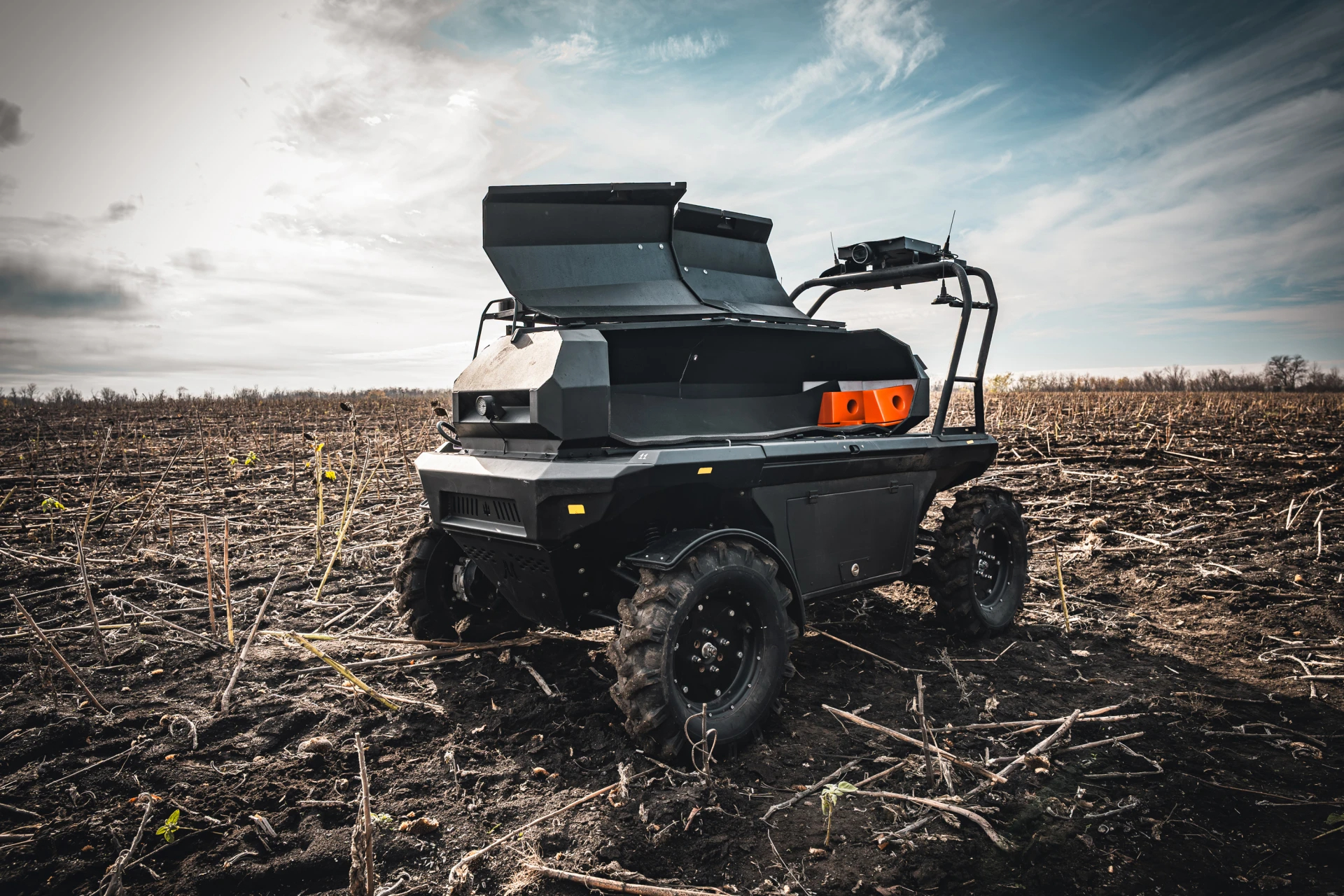
"The development of Maul is our refusal to accept the situation where it's no longer possible to retrieve the wounded from the line of contact manually or by pickup", says Chief of Staff Ihor Ivashchenko.
The chief engineer of the project is Oleksandr Dziuba, with the alias Khudozhnyk (Artist). In civilian life, he owned an auto-tuning studio and was a prize-winning participant in numerous international car races.
The project runs almost entirely on volunteer donations collected by bloggers Lachen, Ihal Levin, Mykola Davydiuk and Borys Tiznehauzen. Now the team plans to scale up production in partnership with a civilian company.
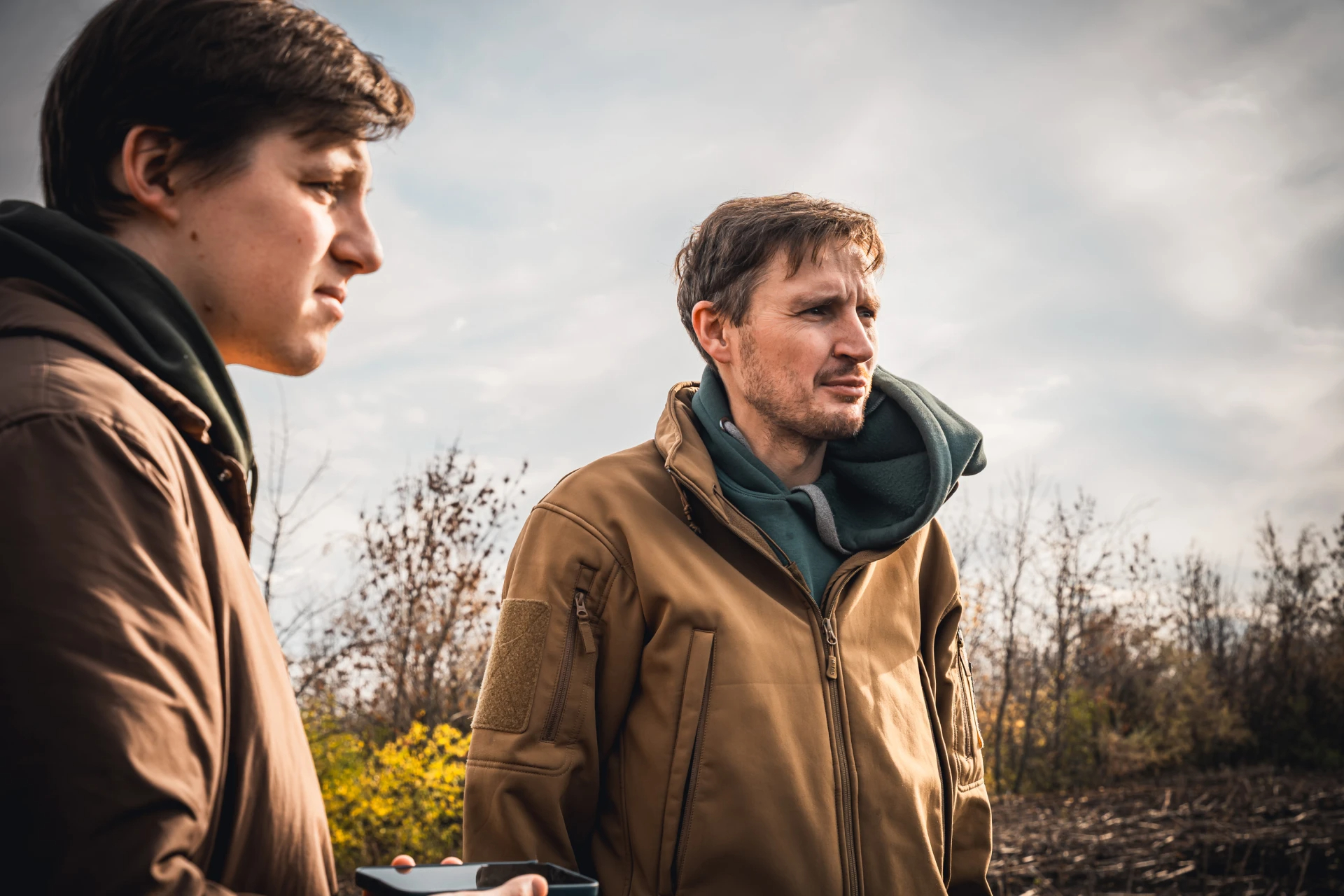
What's special about this robot? First of all, Maul has a capsule made of armoured steel. It is designed to withstand shrapnel. This solution proved effective during one of the previous operations when the vehicle was attacked by artillery and drones, but still managed to reach its target point.
Maul's wheels come from a mini-tractor. Field experience has shown that the robot can continue moving even after hitting a mine. A torn wheel from a past mission now lies at the control point as a souvenir.
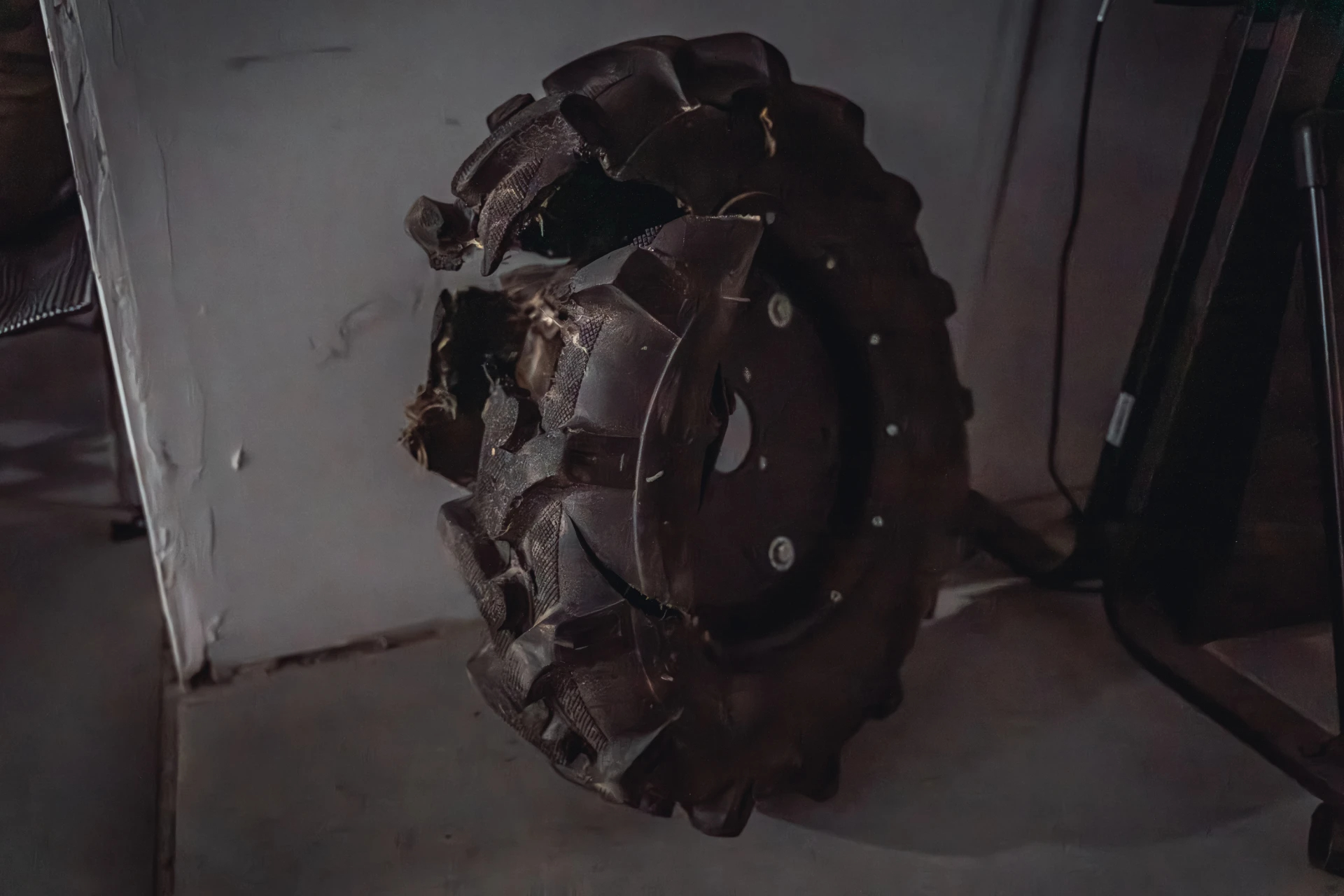
Instead of a standard electric motor, it uses an internal combustion engine similar to that of a quad bike. This was one of Asan's key requirements. Electric GRCs move at an average speed of 5-7 km/h, which, especially at the battlefield, makes them easy targets. Maul usually travels at 15 km/h and can accelerate up to 40 km/h.
However, this engine has one significant drawback – it heats up, making it visible through thermal imagers, and it's very noisy. Reducing its temperature and noise level is one of the engineers' key areas of work. Yet the medics believe that in evacuation, speed is more important than stealth.
There's also an unexpected upside. The engine heats the capsule, so the interior gets quite warm. When someone is losing blood that can be a decisive factor for survival, especially in winter. The golden rule is to keep the wounded warm.
The robot has several types of communications fitted, which can be switched if a signal is lost. On the line of contact that happens a lot. Communication is the most expensive part of the Maul.
Inside the capsule there is passive ventilation, a sleeping pad and a small LED. It's only bright enough to read the inscription: "Mate, stay strong, we'll get you out!"

The robot in hell
The robot's ready, the comms are working. The operation is about to start. The command post fills up straight away. The whole room is packed, even the smart sofa they "borrowed" from the ruined office building. To make room, the chief of staff carries a medical bed into the room.
All these people will be involved in the operation in one way or another: unmanned ground vehicle (UGV) operators, navigators, a radio operator, dispatchers, commanders. All crisis communications go through one designated person to avoid shouting and panic. There's also a "recorder" who notes down every step and mistake so the team can run a debrief afterwards. In the field, the electronic warfare unit and the Mavic operator are standing by.
Khudozhnyk (Artist) – the chief engineer – is also on the line. He will monitor the mission and give emergency technical advice. He's already saved a mission once when electronics failed during an insertion. His instructions enabled the robot to continue. That's the advantage of developing the robot in-house – feedback from the maker comes in real time during operations, not Monday to Friday, 9am to 6pm.
According to the plan, the robot will drive a difficult route, quickly pick up the soldier that was wounded and then in a relatively safe spot meet the medevac in the Ukrainian armoured vehicle Hiurza.
The first operator is 24-year-old Vadym. In civilian life he repaired cars; now he's an UGV operator.
Maul sets off. At first it picks up speed on the road, but then slows – every stone and bottle must be driven around because any of them could be a mine.
The navigator not only calls the turns but tells the driver which side of the road to keep to, to avoid detonating anything.

Sometimes the comms cut out, they have to stop and then carry on. The second navigator loudly calls every waypoint as they pass it: "A1, A2, A3… A10… A71." Mistakes are unacceptable.
On a neighbouring screen medics are urgently operating on another wounded fighter's leg after a mine detonated. That feed is from the battalion medical post CCTV. If the surgery goes well, the patient will be taken there.
The whole mission is supposed to take three hours, which is considered fast. But the Russians only need from 10 to 15 minutes to spot and track the robot with an FPV drone. The Maul's camera shows the wreckage of another UGV – a stark reminder of how dangerous the task is.
A Ukrainian Mavic takes to the air and guides them where to turn. Then the first really tense moment: the Mavic's camera catches another drone flying right over the Maul.
At first they assume it's one of their own, but it turns out to be a Russian reconnaissance drone. It quickly slips from view, but it's already had a look at our robot.
Or has it? The troops can't know for sure; they must simply carry on calmly. One FPV drone can be jammed by neighbouring EW units or the robot can survive a strike near it. But one will be followed by another, then a third – and if the fibre-optic link is hit, the man inside the capsule will be in terrible danger.
Approaching the wounded soldier, the robot makes the planned turn, but the Mavic quickly directs it back. The man is loaded by comrades who were nearby and giving first aid. Now they have to retrace the whole route back, but with a person on board and the drone threat looming.
They put a radio in the capsule to maintain contact with the man – not only to keep his spirits up but to calm him, because a man inside can panic and try to crawl out.
A kilometre from the medics the dispatcher spots a Russian FPV drone in the air. It's a worrying moment because Russian forces could catch them while the wounded are being loaded into the medevac. That would multiply the casualties and the medics themselves would have to be evacuated.
Luckily the Russian FPV soon disappears. Maybe it didn't find the Maul, maybe someone's EW worked or maybe it was heading elsewhere. The wounded man is loaded into the armoured vehicle.
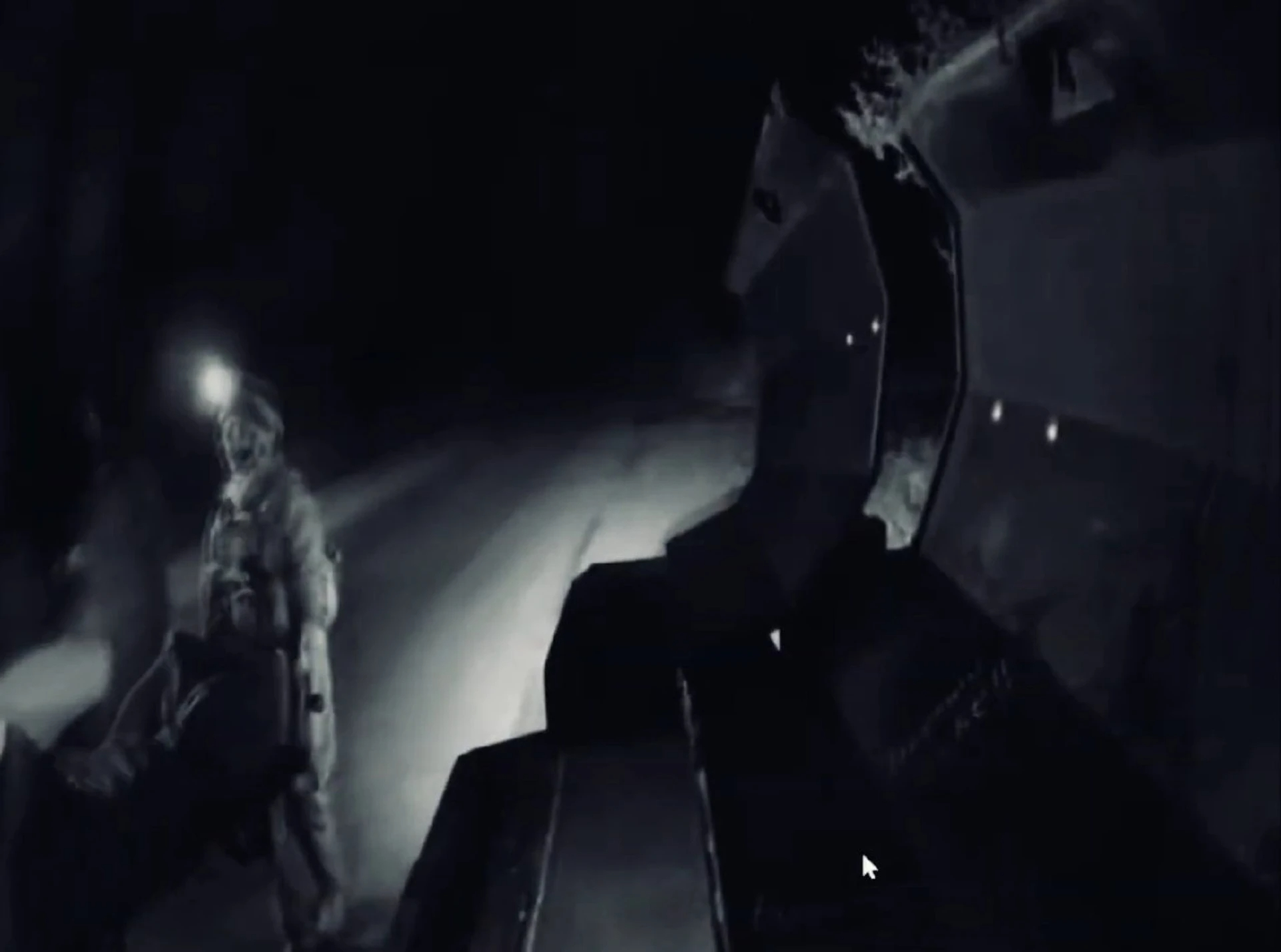
They prepare for the second run. The medics on site have checked the key systems, topped up the fuel and even put in a pack of cigarettes – for the guys at the line of contact.
One wounded man is left at the position. He's had a tourniquet on since 08:30. There's a risk of limb loss and eventually death. But there's another problem: one of the soldiers reports that Russian FPV activity in the sky has increased.
The commander decides to go for the second wounded soldier despite the increasing risks, but to change the operator because the first is exhausted after three hours. The mission will be driven by the experienced Antin, who's been sitting beside them the whole time.
The soldiers are visibly tired. The bin seems ready to burst with empty energy drink cans. But the stores still hold 7,000 Non Stops (a Ukrainian energy drink brand), so they'll make it to the end of the operation.
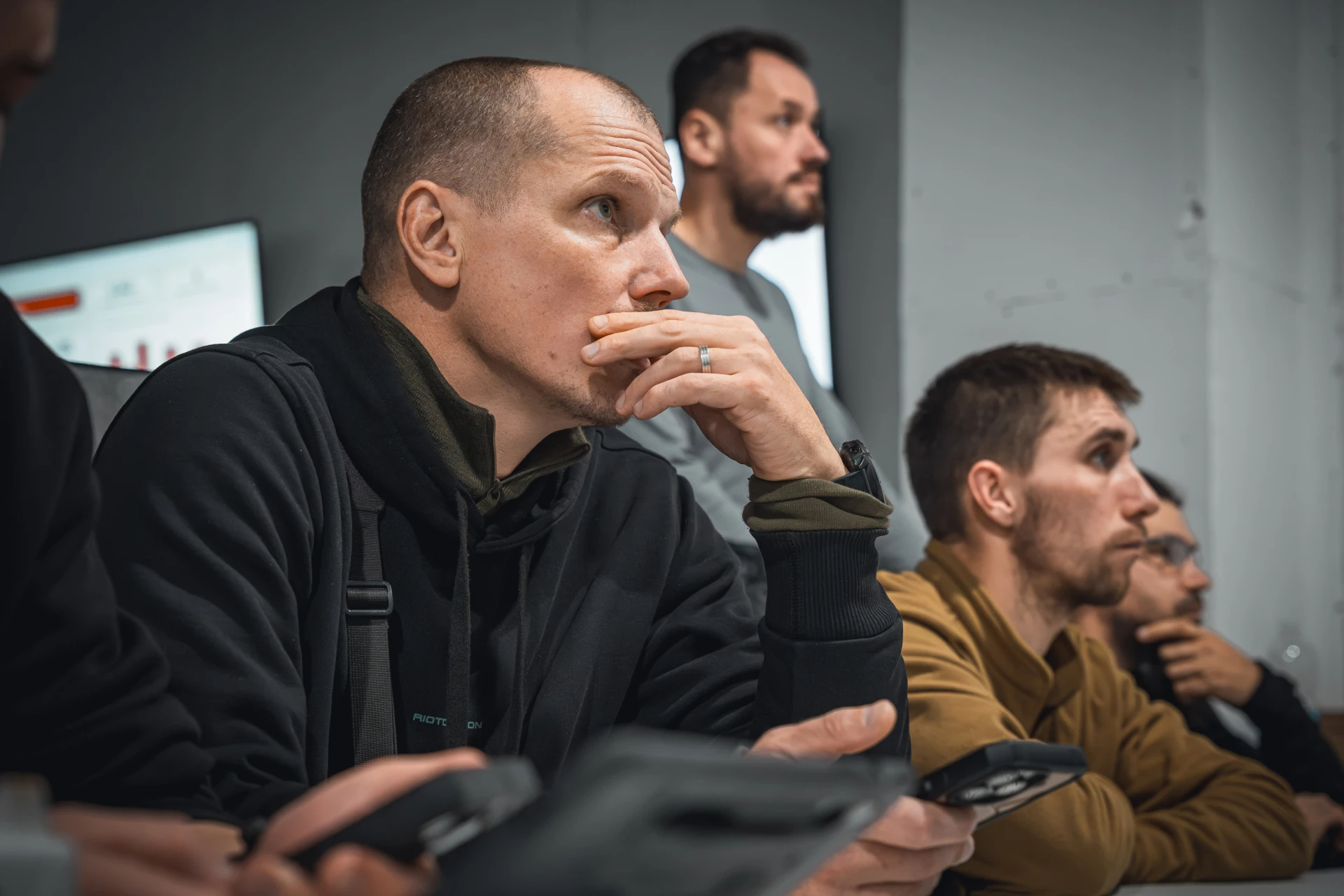
The Maul starts moving. Maul reaches 32 km/h at the start. "Antin's at the wheel, finally some speed," Khudozhnyk writes in the chat.
Antin quickly reaches the next pickup point along a well-known route. But everything goes wrong.
At first the comrades put the wounded man in headfirst where his legs should have been. That side of the capsule has no pillow, much less space and the radio ends up by his feet. But that isn't the main problem.
Just as the soldiers close the capsule lid, a Russian FPV drone comes in and explodes right above the robot.
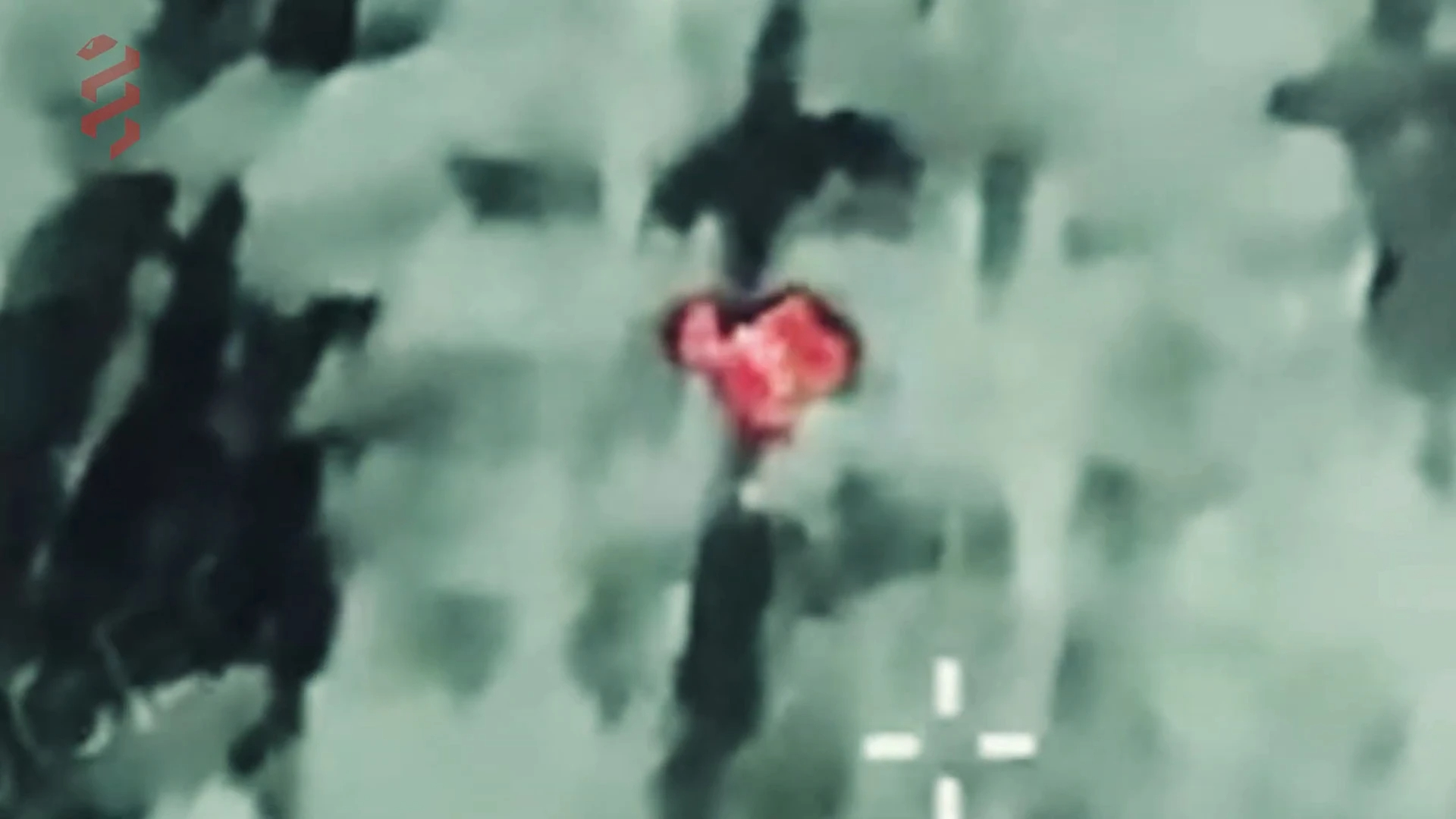
The troops in the line of contact dive into a ditch. They suffer light injuries. The Maul withstands the nearby blast and immediately bolts. In that situation the operator and navigators must keep a cool head: if they drive too fast the vehicle might flip and the wounded will certainly die; if they go too slow the Russian FPV will catch up.
While the long journey back continues, in the smoking area they're already arguing whether they should have gone on the second run at all today.
But Asan remains unshakeable: "There won't be another chance! The road's good now – tomorrow there could be mines and waiting drones. Or tomorrow there might be no one left to save", he says.
Antin drives cautiously but quickly. On the way back, the robot moves at 20-30 km/h and for a few seconds hits a mad 40 km/h – a new speed record for the unit.
Somehow the wounded man manages to reach the radio and get on the line. He's alive, but burning up from the heat.
The Maul puts distance between itself and potential pursuers and retreats along a convoluted route. On the way it meets another Ukrainian robot delivering supplies to positions. For a few seconds the operators can't figure out who should pass first. That's what the roads in the combat zone look like now.

In the end the medevac takes the second wounded man. Everyone at the command post applauds. "Thanks to everyone, the mission continues. Maul's heading back to base", Asan says.
In the smoking area the troops good-naturedly recall a commander from another unit who once criticised their Maul on a podcast. During the operation they held that broadcast in their heads and treated it as a challenge. Public debates about tech on YouTube have a way of stoking competitiveness in Ukrainian forces.
"Maul's not a cheap machine, but no drone costs as much as the life of our defender", said Ihor Ivashchenko in his last words before finally going to bed. "And this isn't just about the cynical 15 million hryvnias [approximately US$356,528] people like to mention. It's about the motivation to fight. Every guy on a mission will know we'll pull him out even from a situation that seems hopeless. That can't be bought for any amount of money."
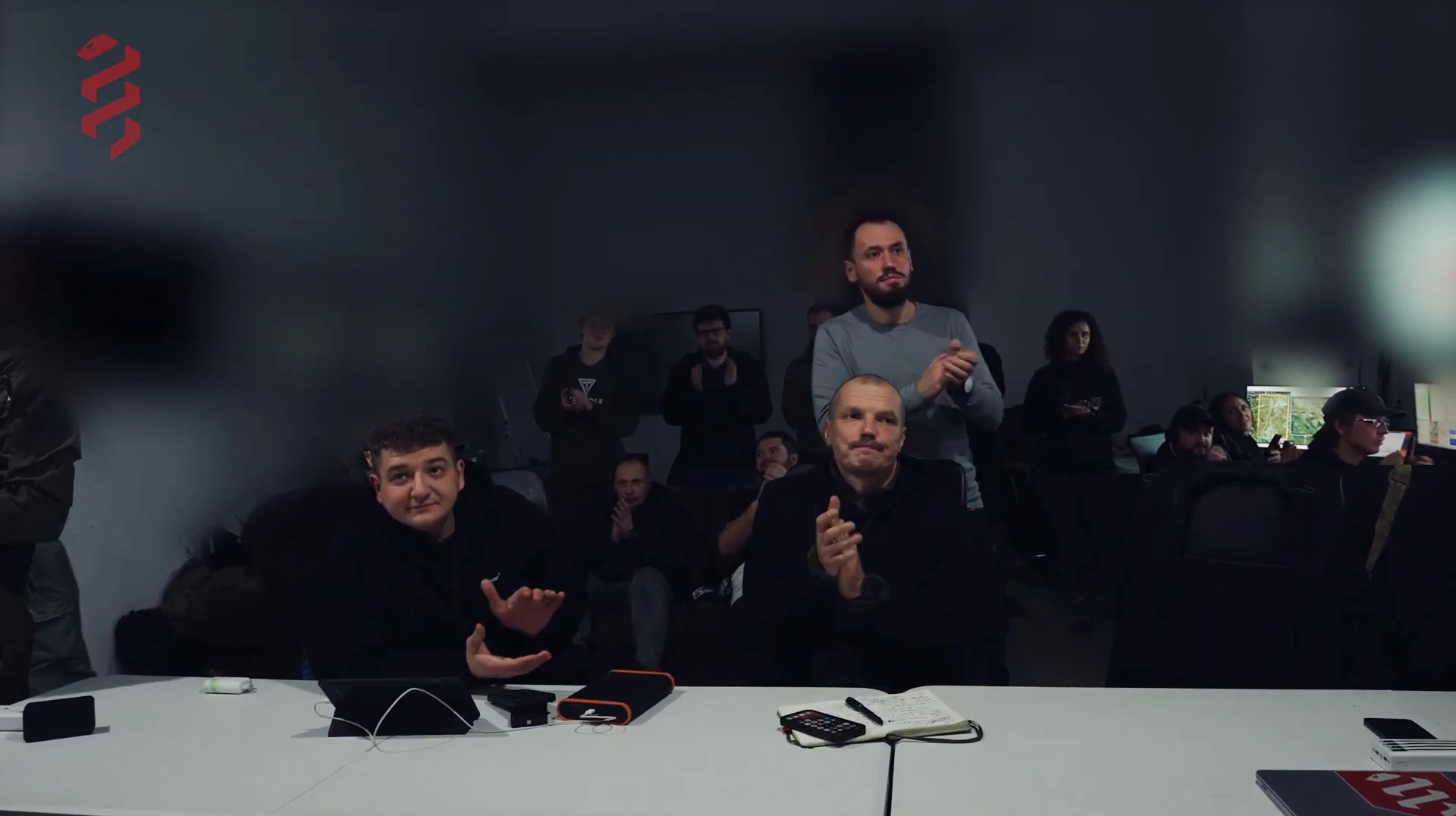
...
Both rescued fighters survived and are undergoing rehabilitation in the rear. The first had a limb amputated, and surgeons from the forward surgical team managed to save the second's injured arm thanks to their swift work.
The very next day Khudozhnyk tested an improved version of the Maul. Soon that one will go on missions too.
For one of these robot evacuations the unit's fighters received state awards.
At a meeting of the Staff of the Supreme Commander-in-Chief it was pointed out that soldiers are not receiving "e-points" for evacuating the wounded [E-points is an electronic scoring system that awards Ukrainian service members points for destroying Russian equipment and personnel].
…
The Maul reached base and survived, but not for long. Sooner or later it will come across a mine or an FPV drone. That is the fate of ground robots – to be destroyed on the battlefield. And it's good if there isn't a wounded person in the capsule when that happens.
When one robot is lost it is immediately replaced by the next. But what if there isn't another one nearby?
Ukrainska Pravda, together with military blogger Yigal Levin, has launched a major fundraising drive for a new, upgraded Maul. The goal is 800,000 hryvnias, approximately US$19,000.
Money can be donated here .

Translation: Yelyzaveta Khodatska and Tetiana Buchkovska
Editing: Shoël Stadlen









